Cardboard can be considered a type of paper, and depending on the production equipment, it can be manufactured in a single layer (using a Fourdrinier) or in multiple layers (using a cardboard tube machine). Generally, the materials used for packaging are divided into three categories: paper, paperboard, and cardboard.
For practical purposes, cardboard can be considered as being used in the manufacture of boxes and barrels.
Small boxes are generally produced using paperboard, while larger boxes are made with corrugated cardboard.
Barrels can be manufactured by winding layers of kraft paper until the required durability is obtained, while the bottom can be made of pressed cardboard or metal. The top is generally made of the same material as the bottom. The difference between cartonboard and paperboard is that the latter has gone through a press to achieve uniform thickness; this operation also gives the product better brightness and consistency.
When the box has printing on it, paperboard must be used so that the package is of good quality and visual clarity.
The box is designed in order to create a package that meets the commercial requirements of the client, as well as the requirements of the product to be contained in the box, which determine box’s style, type of cardboard, corners, closure, joint types, and other factors.
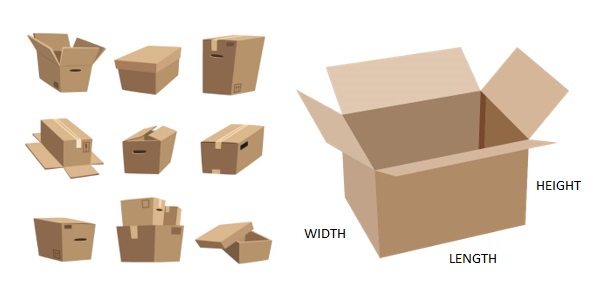
It must be recalled that there is an order used when specifying the size of the box, which must at all times be: front, bottom, and height (i.e., length, width, and depth).
There is a wide range of cardboards that can be used to manufacture small folding boxes, in addition to a variety of coatings that can improve certain characteristics, such as: water resistance, grease resistance, visual appearance, etc.
However, the cardboard type selected must meet the basic needs established, such as:
-
Proper adhesion of inks.
- Adequate surface area for quality printing.
- Proper acceptance of adhesives.
- Ease of assembly without causing cracks, wrinkles, or tears when folding.
Corrugated cardboard structure
Corrugated cardboard is structurally formed using two basic elements: the 'liner' or cover, and the 'medium' or fluted sheet which is the part which is corrugated.
The liner or cover is made of kraft or semi-kraft paper and forms a flat profile that covers the entire surface area of the corrugated cardboard sheet.
The corrugated paper (or medium) is attached to this flat profile. The different varieties of corrugated cardboard have various combinations of liner and medium.
The medium is a kind of paper that is normally manufactured using bagasse or straw; its consistency is more spongy than the liner and it has a wavy 'fluted' structure. Once attached to the liner, it forms a continuous structure of arcs that provides greater resistance, as the weight sustained is distributed among the many arcs the form the corrugated cardboard.
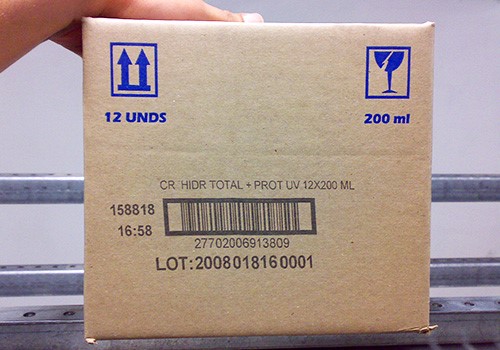
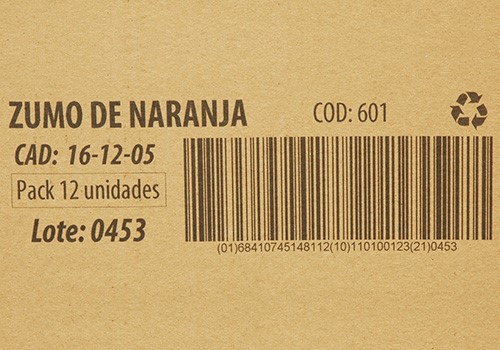
The structural design of a box determines how effective it will be to compete in the market and to get the product to the consumer fully intact.
In this stage, the manufacturer must know how fragile the product is, the kind of handling it must undergo, its method of shipping and storage, as well as weather conditions, which can help or harm the product. All models must undergo handling and strength testing.
Once the structural design of the box is established, aspects relating to sales can be considered, which affect the type of cardboard used and the finishing touches; at the same time, the original structural considerations and costs and production times cannot be set aside.
Every product that must be packaged or wrapped with any type of corrugated cardboard must be packaged in a way that guarantees its protection, transport, and storage in a safe and simple way.
Corrugated cardboard is one of the most frequently used materials for packaging design because it performs four essential functions:
- It protects the product from potential damage caused during shipping, handling, and storage.
- It properly preserves the product until it is sold.
- It informs, promotes, and identifies the product from its point of origin through its arrival to the consumer.
- It is economical.
- It is recyclable.
Direct printing with high-resolution inkjet systems is the most recommended method for corrugated cardboard, as it leverages the surface’s excellent absorption and permanence.
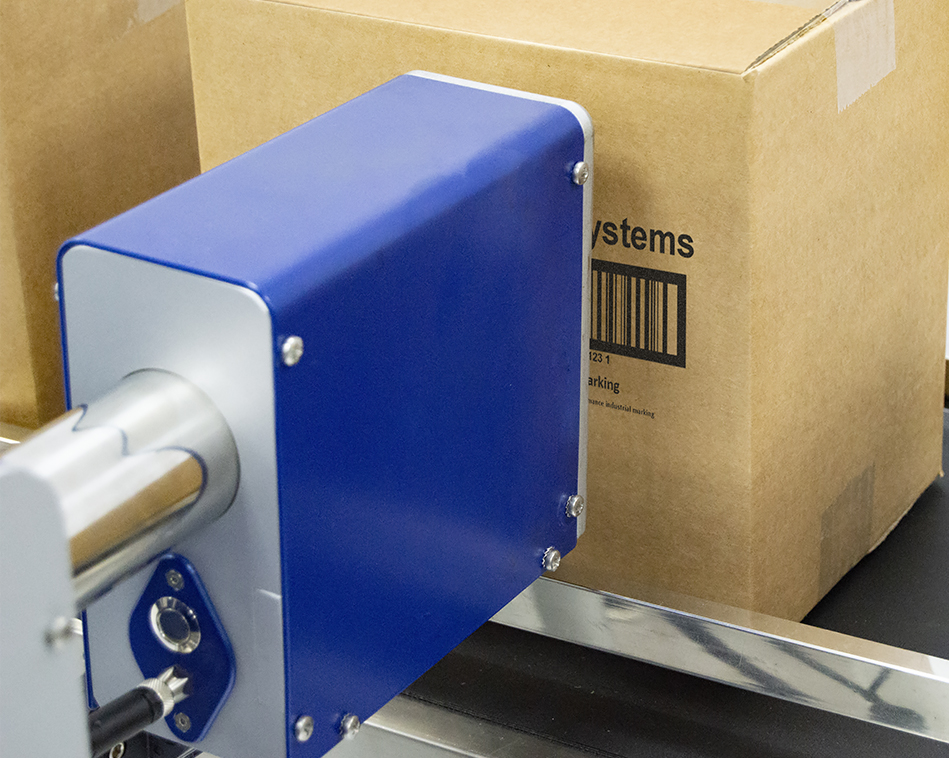
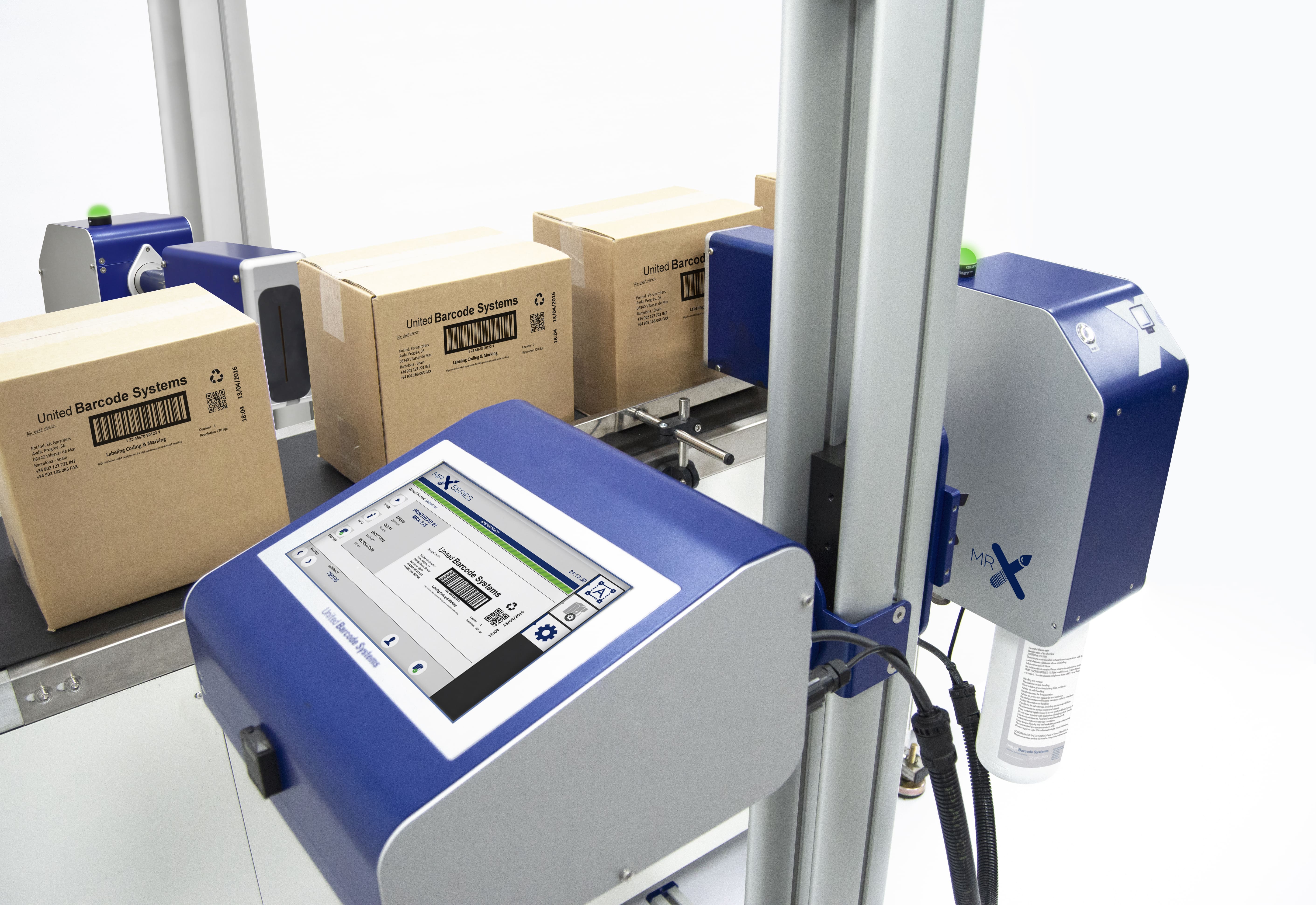
Print quality
The printing quality is very important for proper functioning and reading of the products, as poorer quality could result in changes in the width of the barcodes, thereby preventing reading with the scanner. This generally occurs due to imprecise printing techniques or use of machines out of specification or not designed specifically for the printing type and surface.
Location of barcode printing
- It is recommended that the barcode be printed on two adjacent sides of the shipping unit.
- The bottom edges of the barcodes must be at a distance of 32 mm from the base.
- The minimum distance between the barcode and the vertical edges of the box must be 19 mm, including the empty margins.
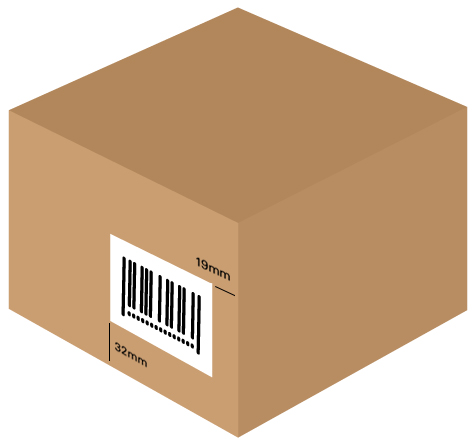
Images and References: Here
Other Sources: Here

